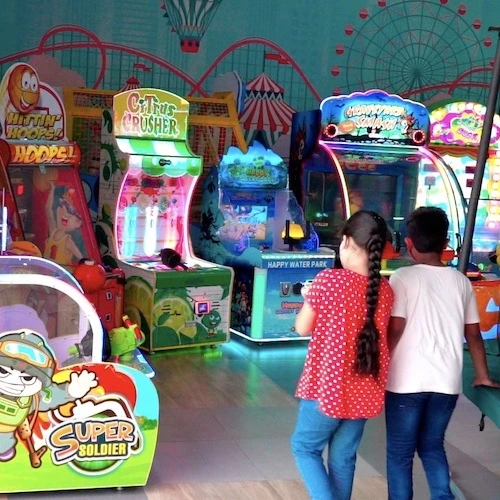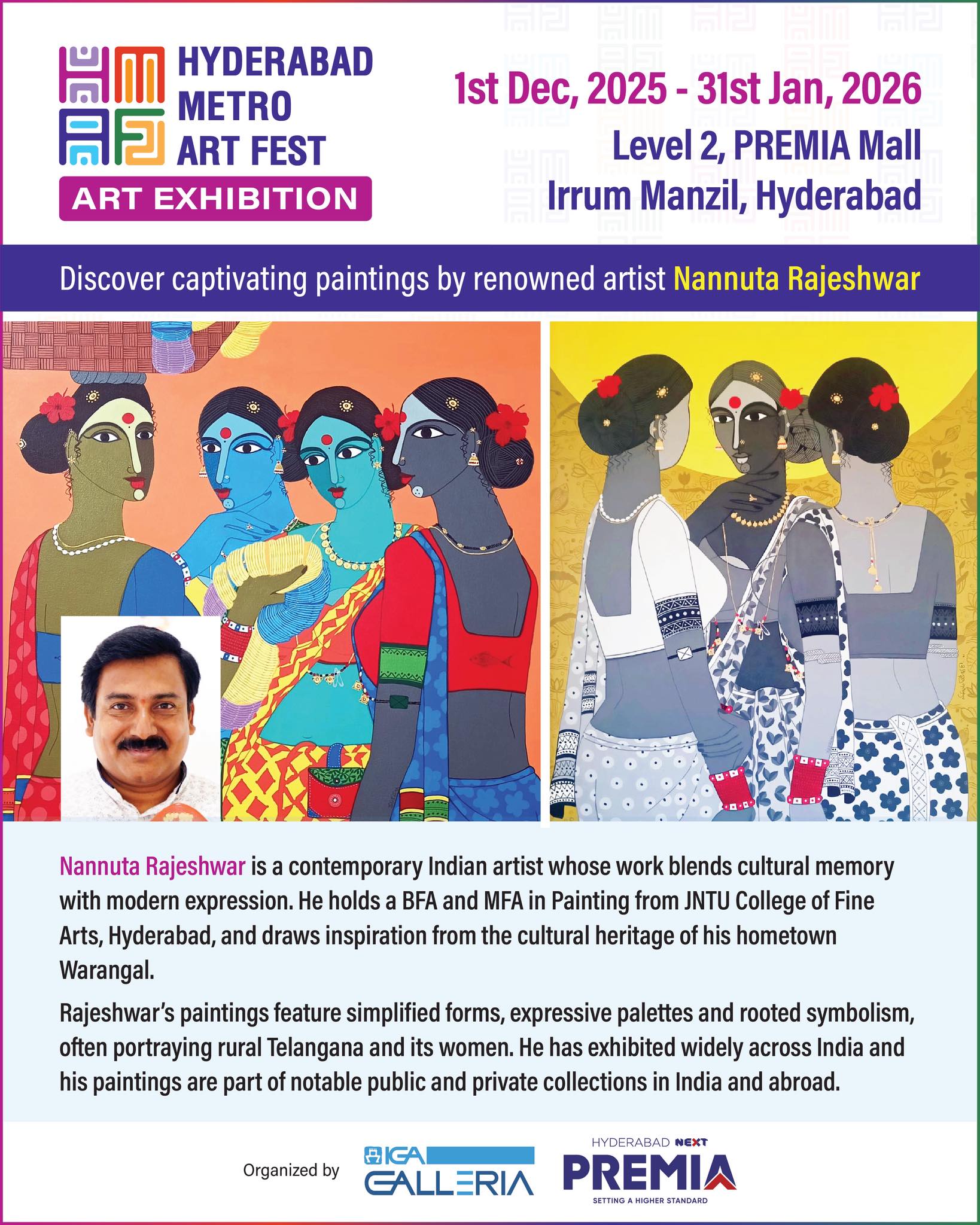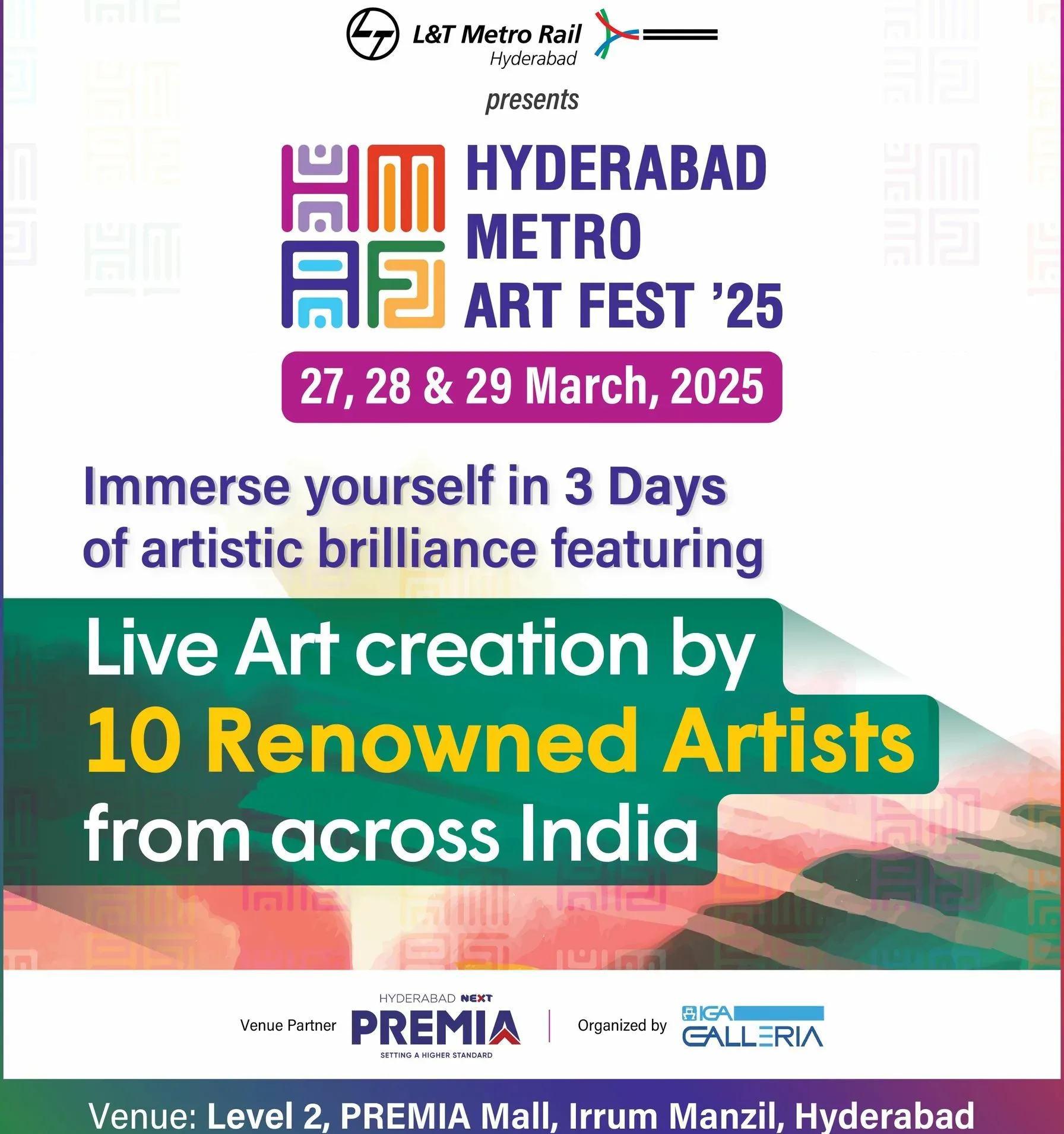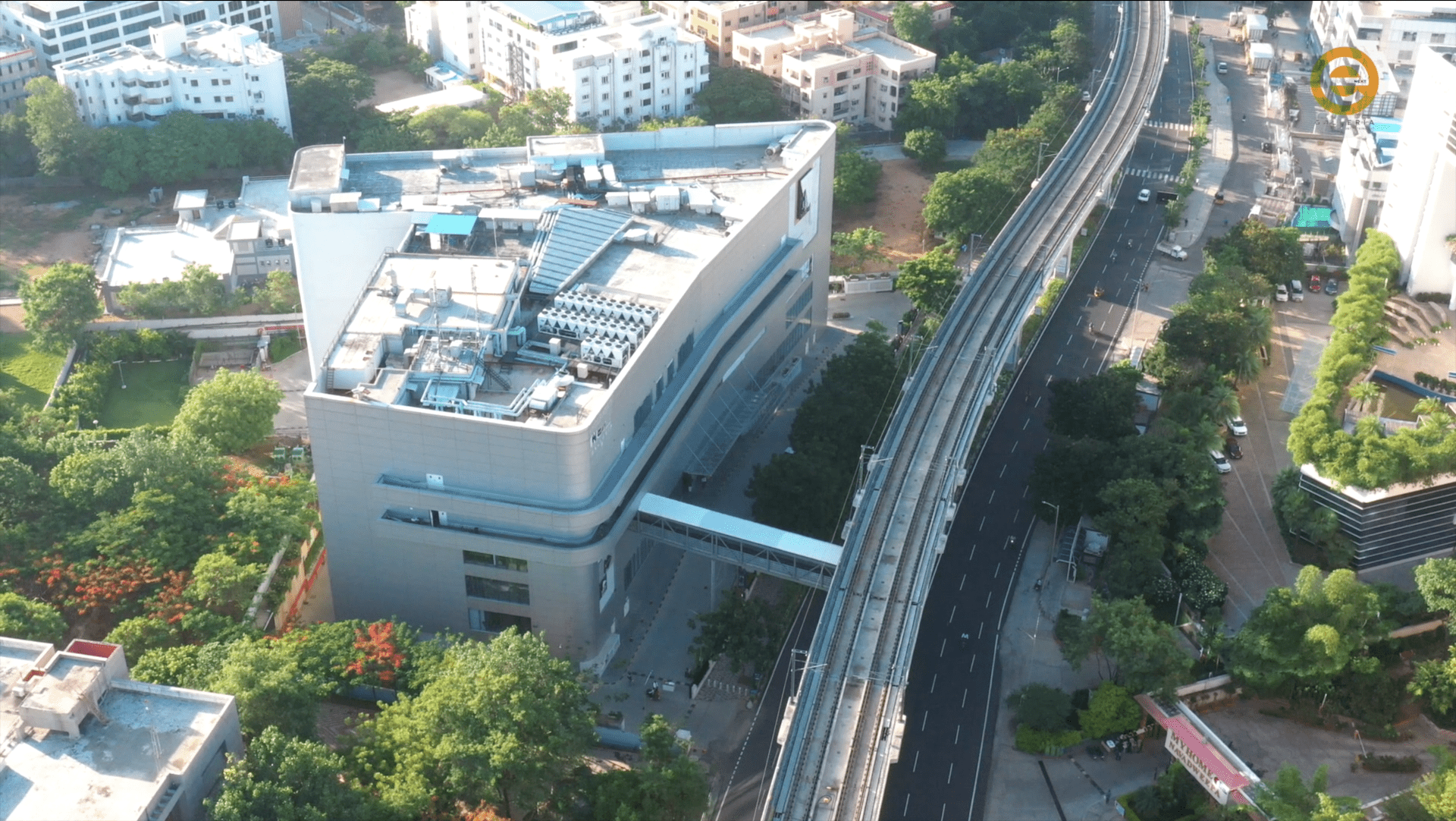[INSERT_ELEMENTOR id=”9493″]
EVENTS
Past Event
Discover captivating paintings by renowned artist Nannuta Rajeshwar
1st Dec, 2025 – 31st Jan, 2026
Next Premia Mall Irrum Manzil, Hyderabad
New Event
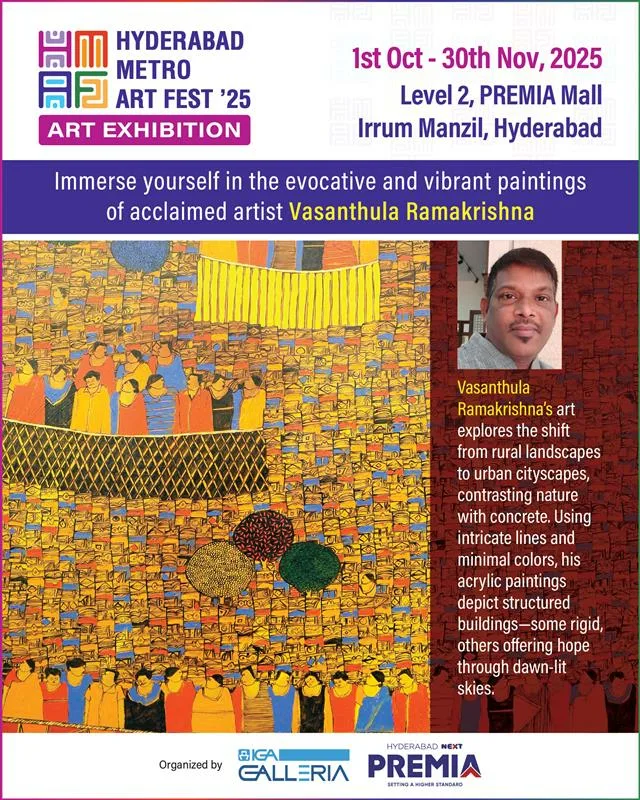
Art Exhibition by Vasanthula Ramakrishna
1st Oct – 30th Nov, 2025,
Next Premia Mall, Irrum Manzil
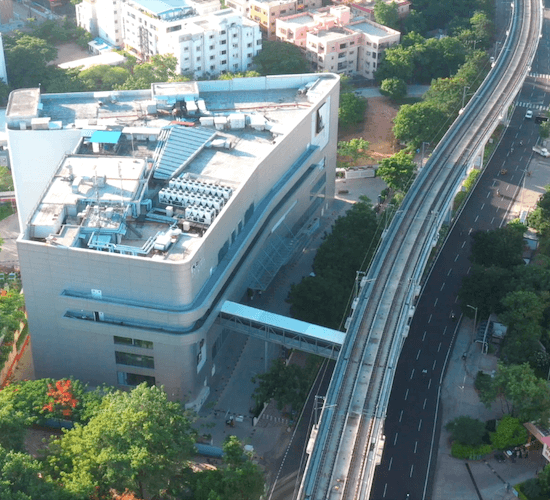
Elevate Your Shopping Experience
Visit our malls for a fun day out shopping or catching up with friends at the food court options or relax and unwind with a bag of popcorn and your favorite movie on a large screen. With the ease of access through the adjoining metro stations, our malls are a favorite for everyone and ring in the smiles unanimously.
Discover Unmatched Joy
Hyderabad Next Galleria’s every mall is designed to suit the functions of a mall and its users to perfection. The decor enhances the entertainment experience creating niches that are best captured with smiles and pictures. An enticing wholesome experience of fun, frolic, and joy awaits you at your neighboring L&T malls.
